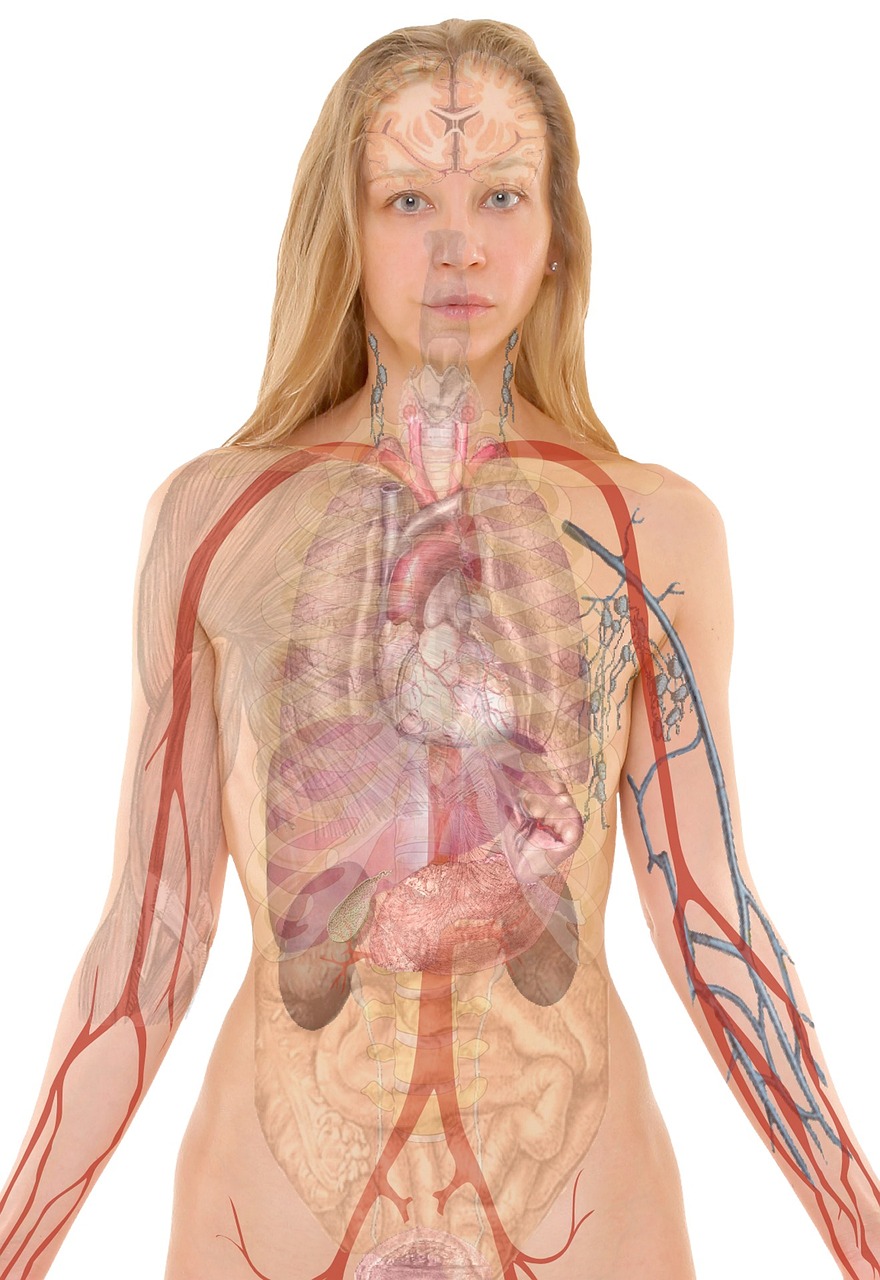
Lung cancer continues to be a formidable health challenge worldwide, holding the grim title of the leading cause of cancer-related deaths. In the United States alone, the year 2021 witnessed over 235,000 new lung cancer cases and around 130,000 deaths — a sobering reminder of the disease’s deadly impact. A critical factor behind such a high mortality rate is the tendency for lung cancer to be diagnosed at a late stage, primarily because early symptoms are often subtle or entirely absent. This underscores the urgent need for effective early detection strategies, which can drastically improve survival rates and treatment success. Screening, particularly through low-dose computed tomography (CT), offers a glimmer of hope in this battle, empowering healthcare providers to catch the disease before it progresses.
Why is early detection so pivotal? A landmark study by researchers at Mount Sinai highlights the transformative effect early diagnosis can have on survival. According to their findings, patients whose lung cancer was detected early using low-dose CT screenings show a 20-year survival rate of 80%. This starkly contrasts with the average five-year survival rate hovering around 18.6% for lung cancer patients generally. The disparity is largely due to the fact that a mere 16% of lung cancers are caught in an early stage. To put this into perspective, this means that nearly nine out of ten lung cancer cases are diagnosed far too late for optimal treatment to be effective. Early-stage detection not only boosts survival but can also reduce the intensity and side effects of the treatments required, highlighting the lifesaving potential of proactive screening.
Despite the clear advantages, lung cancer screening rates remain surprisingly low when compared with other types of cancer screening programs such as those for breast, cervical, or colorectal cancers. The U.S. Preventive Services Task Force (USPSTF) currently recommends annual low-dose CT screening for adults aged 50 to 80 who have a significant smoking history—specifically, those with a 20 pack-year smoking record who either smoke currently or have quit within the last 15 years. Yet, only around 4.5% of eligible individuals actually undergo recommended screenings. This stark gap is influenced by several barriers, including a widespread lack of awareness about screening eligibility and benefits, financial concerns even among insured populations, limited access to screening centers in rural or underserved regions, and persistent inequities affecting racial and ethnic minorities. Addressing these factors is critical to improving uptake and, by extension, survival rates.
In the realm of technology, recent innovations are enhancing lung cancer screening's efficiency and accessibility. Low-dose CT scans have evolved to provide clearer, earlier detection of lung nodules while minimizing radiation exposure. Furthermore, the introduction of artificial intelligence (AI) and machine learning algorithms into imaging analysis is revolutionizing diagnostics. These AI tools can precisely distinguish between benign and malignant nodules, significantly reducing false positives and unnecessary biopsies. This technological leap not only makes the screening process less stressful and safer for patients but also allows healthcare providers to prioritize high-risk cases more effectively. As AI continues to learn and improve, the future may hold fully automated, ultra-precise lung cancer screening models that could be administered even in remote settings.
One exciting development in this space is OncoPreventer, a cutting-edge program designed to empower individuals with personalized cancer risk assessment and prevention strategies. OncoPreventer utilizes sophisticated genetic analysis combined with AI to evaluate an individual's unique risk profile and provides customized prevention plans tailored to their health needs. These plans may include nutrition advice, supplement recommendations, lifestyle modifications, and the encouragement of regular screenings. Intriguingly, OncoPreventer offers advanced screening tools that can be conveniently used from home, facilitating continuous health monitoring. By continuously updating prevention strategies to reflect changes in a person’s health and habits, this innovation exemplifies how personalized medicine is transforming cancer prevention. It symbolizes a shift from reactive treatment to proactive health management, helping people take control before cancer even takes root.
Lung cancer screening, given its potential to save countless lives through early detection, remains a crucial but underutilized component of cancer prevention. Although barriers like lack of awareness and access challenges persist, advancements in technology and comprehensive programs such as OncoPreventer provide promising avenues to bridge these gaps. Through embracing these innovations, individuals are better equipped than ever to engage in proactive health decisions that can dramatically improve their prognosis. The prospect of reducing lung cancer mortality rates and enhancing the quality of life for millions is no longer just a distant hope—it’s an achievable goal with the right combination of screening, technology, and personalized prevention.
#LungCancerAwareness #EarlyDetectionSavesLives #OncoPreventer #CancerPrevention #AIinHealthcare #HealthTech #ScreeningMatters
Leave a Reply